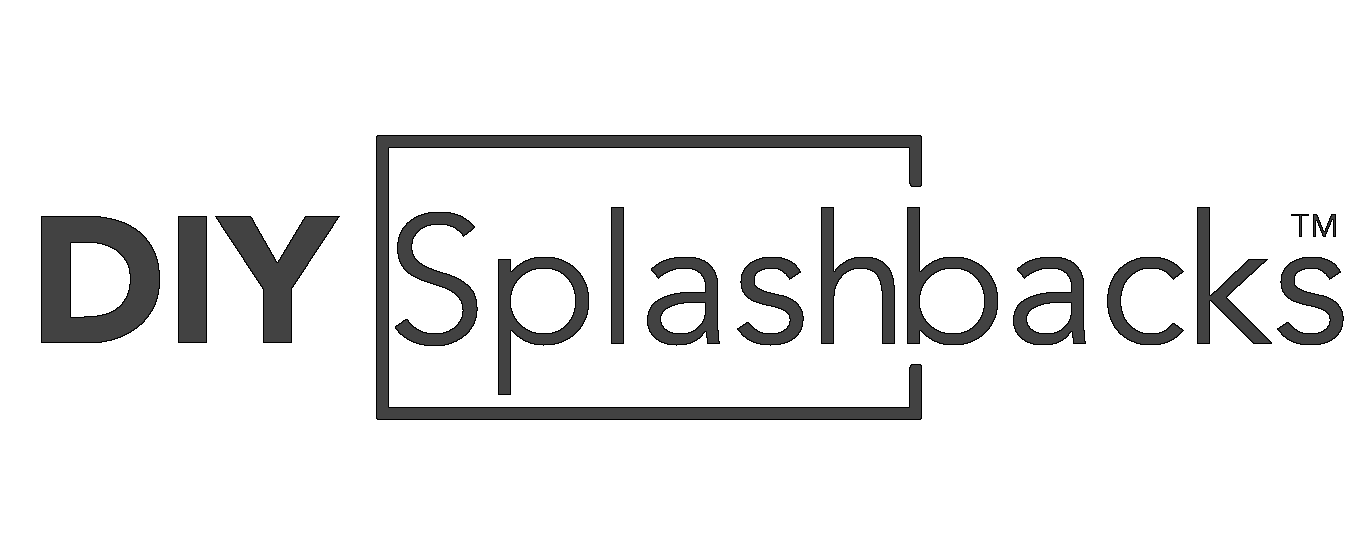The Psychology of Space: How Design Affects Mood and Productivity
 (15)_1000.png)
Design is more than what meets the eye—it’s what the mind feels. Every color, material, and line within a space communicates something deeper, shaping how we think, feel, and perform. As businesses and homeowners increasingly prioritize well-being, the psychology of design has evolved from an afterthought into a strategic advantage.
1. The Emotional Blueprint of Space
Every environment carries an emotional signature. Cluttered layouts create anxiety, while clean, structured spaces promote clarity and focus. Natural light fuels optimism; dark corners encourage withdrawal.
Smart design isn’t just about what looks good—it’s about what feels right. When structure and flow align, so does the human mind.
2. Color: The Silent Communicator
Color is one of the most powerful tools in shaping mood.
Blues and greens calm the mind and aid concentration.
Yellows and oranges energize and inspire creativity.
Neutral tones promote professionalism and calm.
Through careful use of color, designers can set emotional intent for any room. For example, a soft blue glass splashback in a kitchen or workspace not only adds sophistication but subtly enhances mental balance.
With DIY Splashbacks, homeowners and professionals can select from a vast color range—allowing emotion-driven design that’s both functional and beautiful.
3. Material Matters: Texture and Transparency
Textures ground us in physical reality. Smooth, reflective materials like glass create openness and light, while matte finishes add warmth and stability.
Glass splashbacks, in particular, strike a balance between minimalism and energy—they reflect light, expand visual space, and bring a modern sense of calm.
When used strategically, textures can reduce stress and support cognitive flow, particularly in high-performance environments like offices and kitchens.
4. Space Planning and Flow
How we move through a space determines how we think within it. Open layouts encourage collaboration and freedom. Defined zones promote focus and privacy. The art of spatial design lies in balance—enough openness to inspire creativity, enough structure to maintain order.
Simple additions, like using splashbacks to delineate working zones or accent walls, can provide psychological boundaries that help the mind compartmentalize tasks effectively.
5. Light, Reflection, and Focus
Light influences everything—from mood to motivation. A well-lit space signals energy and alertness. Reflective design elements, such as glass splashbacks, amplify natural light and enhance spatial perception, giving rooms an airy, expansive feel.
In essence, reflection isn’t just visual—it’s emotional. Light-filled, balanced environments encourage clarity, both mental and aesthetic.
Final Remarks
Design has always been about more than beauty—it’s about balance, emotion, and purpose. The psychology of space teaches us that the environments we build, in turn, build us.
Through thoughtful material choices, intelligent lighting, and emotionally aware design, we can craft spaces that elevate performance and nurture well-being.
With the innovative possibilities from DIY Splashbacks, achieving this harmony has never been easier.
Because when design speaks to the mind, productivity and peace naturally follow.
